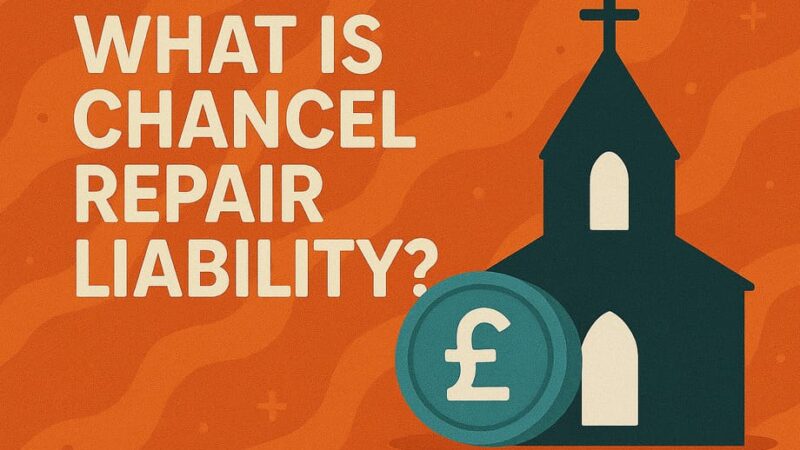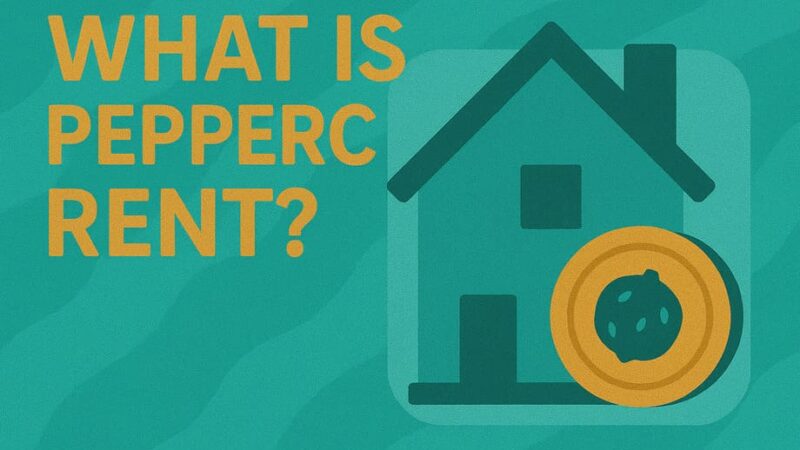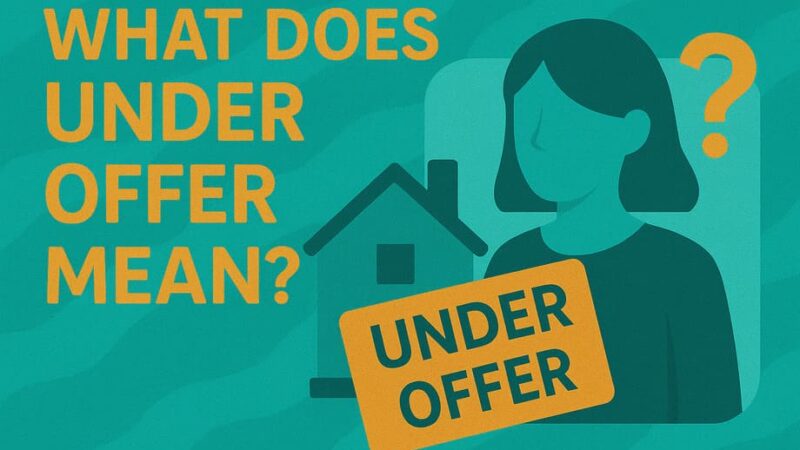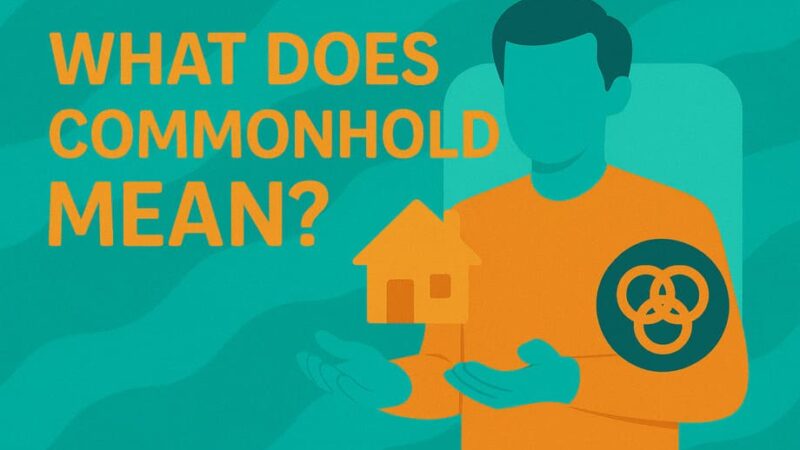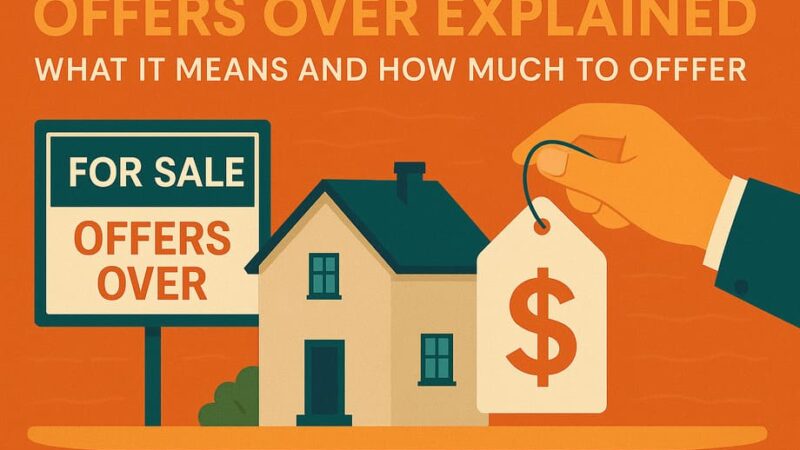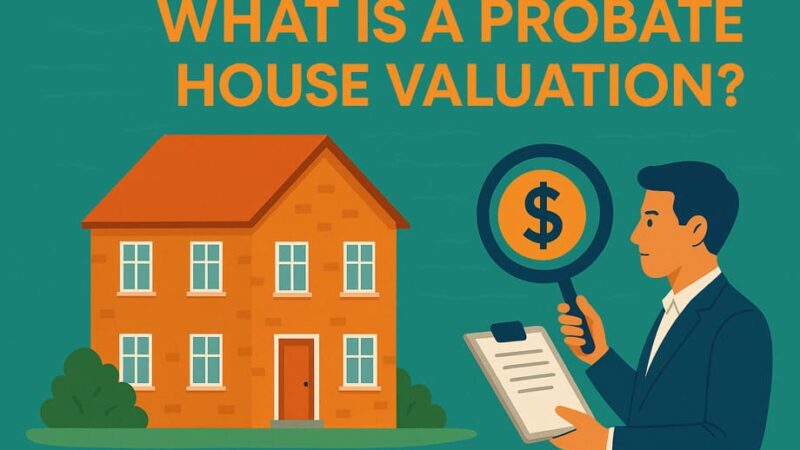What Does No Onward Chain Mean in Property?
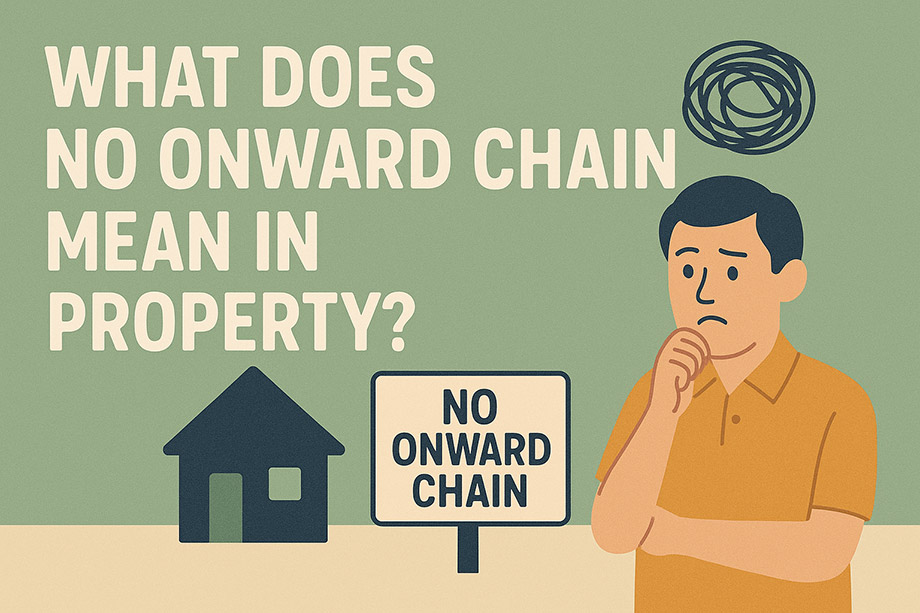
If you’re buying or selling a property, you may have encountered the term ‘no onward chain’. But what does it mean? And are there benefits to it? Our guide explains all.
What is a property chain?
Most property sales in the UK will be part of a chain. When a property is part of a chain it means that the sale of a property relies on another sale being completed.
So, the owner of house one will use the proceeds of their sale to buy house two. And the owner of house two will then use the sale proceeds to buy house three.
This keeps going until there is a property sale with no onward chain.
If any of these sales in the chain fall through, the chain breaks. And no one will complete their sale.
What does no onward chain mean?
When there is ‘no onward chain’, it means that the person selling the property isn’t buying another property with the funds from the sale.
So, the house is ready to be sold straight away. This is because the seller already has another place to move into or live.
The property sits at the top of the chain, meaning there are no further sales dependent on this transaction completing.
Reasons a property has no onward chain
1. The property is inherited
It’ll have no onward chain when you inherit a house from someone who passes away.
This is because the seller is not dependent on selling it to move somewhere else. It’s usually an uninhabited house that the inheritor doesn’t need to live in.
2. The property was rented to tenants
When you sell a tenanted property, it often has no onward chain. The landlord will have another place to live.
And they can thus take their time to complete the sale without worrying about where they’ll move to next.
3. The seller is moving to rented accommodation
This puts a roof over the head of the seller, independent of the transaction.
This may only be a short-term solution, for a year or two. But in the meantime, they can take their time selling the house.
4. The seller has already bought their next property
This is achievable for people with significant financial resources.
They have the funds to buy another house without depending on the sale money from their existing home. This is an advantageous position to be in and gives lots of flexibility.
5. The seller is moving abroad
People relocating overseas often sell their UK property with no onward chain, as they may rent initially or have already secured accommodation abroad.
6. The seller is downsizing to retirement accommodation
Those moving into retirement homes or sheltered housing often have no onward chain, as the new accommodation may already be secured or they’re moving to rental retirement housing.
What’s the difference between no onward chain and no chain?
When a property has no onward chain, the chain will end with that sale. The seller isn’t buying another property.
When a buyer has no chain, it means they are not purchasing the new property with proceeds from the sale of their home.
So, first-time buyers will have no chain, as they are not reliant on a property sale going through to buy their first home.
When a buyer has no chain, their purchase will sometimes be the beginning of a property chain. By contrast, no onward chain will end a property chain.
Can no onward chain sales still fall through?
Yes, even properties with no onward chain can see sales collapse. Here are the main reasons:
Sales process is delayed – causing frustration
If your house sale takes a long time, people may get frustrated. Someone could be labelled a ‘timewaster’.
Or perhaps one of the parties is on a tight schedule. This may result in them walking away.
The buyer can’t secure a mortgage
It’s not always the seller that causes a house transaction to fall apart.
The whole thing can collapse if the buyer struggles to gather their funds. Failing to secure a mortgage is a common example.
The buyer or seller changes their mind
Anyone can change their mind before the exchange of contracts. Perhaps your financial or personal circumstances have changed.
So, while the transaction once seemed attractive, it doesn’t anymore.
One of the preceding sales in the chain falls through
Even when you don’t have an ‘onward chain’, there could still be a chain beneath you.
If this falls apart, it can disrupt your buyer, as their own house sale falls apart. This could take away the funds they need to buy yours.
The survey highlights structural issues
It’s always recommended that you be honest about the condition of your house.
If a buyer pays for a survey, and the results are bad, it could be a ‘dealbreaker’, especially if you aren’t willing to renegotiate the price.
Gazumping or gazundering
Gazumping means the seller accepts a higher offer from someone else. Gazundering means your buyer reduces their offer at the last minute.
If either party is unwilling to accept these changes, it may feel better to walk away.
What are the benefits of having no onward chain?
You can unlock several advantages during a transaction with no onward chain. This makes it attractive to buyers. The main benefits are listed below.
Faster completion
Your seller isn’t waiting around for other people to ‘get their act together’.
They’re ready to sell immediately. So, if you move fast, then so can they. These house sales often get done much quicker.
Average completion times:
- With onward chain: 10-12 weeks
- No onward chain: 6-8 weeks
- Cash buyer, no onward chain: 4-6 weeks
Less risky
There are fewer moving parts in a house with no onward chain.
You aren’t impacted by a long ongoing chain where many people can make mistakes.
Instead, your likelihood of completing is much higher. Statistics show that around 35% of property sales fall through, with many due to chain-related issues.
More straightforward process
With fewer parties involved, there are:
- Fewer solicitors to coordinate
- Fewer mortgage applications to wait for
- Fewer surveys to complete
- Less chance of delays
Better negotiating position
Sellers with no onward chain are often in a stronger position and may be more flexible on:
- Completion dates
- Minor price negotiations
- Inclusion of fixtures and fittings
How to identify no onward chain properties
Estate agent listings
Most estate agents will prominently advertise when a property has no onward chain. Look for phrases like:
- “No onward chain”
- “Chain free sale”
- “Ready to complete”
Property websites
On sites like Rightmove and Zoopla, you can often filter search results to show only properties with no onward chain.
Direct enquiry
When viewing properties, ask the estate agent directly about the seller’s situation and whether there’s an onward chain.
Tips for buyers of no onward chain properties
Move quickly
Since these properties can complete faster, make sure you have:
- Mortgage agreement in principle ready
- Solicitor instructed
- Survey arranged promptly
Be prepared to pay market value
No onward chain properties are in higher demand, so sellers may be less willing to negotiate on price.
Have your finances ready
The speed advantage is lost if you’re not prepared to move quickly on mortgages and legal work.
Ask about timeframes
Find out the seller’s preferred completion date and whether they’re flexible.
Tips for sellers with no onward chain
Market it as a key selling point
Make sure your estate agent prominently features “no onward chain” in all marketing materials.
Be realistic about timeframes
While you can complete faster, buyers still need time for mortgages and surveys.
Stay flexible
Being accommodating on completion dates can help secure the sale.
Price competitively
You can often achieve market value more easily due to the appeal of no onward chain.
Is no onward chain always better?
While no onward chain properties offer advantages, they’re not always the best choice:
For buyers:
- Pros: Faster, less risky, more straightforward
- Cons: May pay market rate, limited choice, need to move quickly
For sellers:
- Pros: Easier to market, attracts more buyers, faster sale
- Cons: May need temporary accommodation, timing pressures
The bottom line
No onward chain properties offer significant advantages for both buyers and sellers. They typically complete faster and have a lower risk of falling through.
For buyers, they provide peace of mind and a more straightforward purchasing process. For sellers, they make properties more attractive and easier to sell.
However, success still depends on proper preparation, realistic expectations, and good communication between all parties involved.
If you’re considering buying or selling a no onward chain property, make sure you’re prepared to move quickly and have all your finances and legal arrangements in place.
Last Updated on July 31, 2025 by James Cartwright


